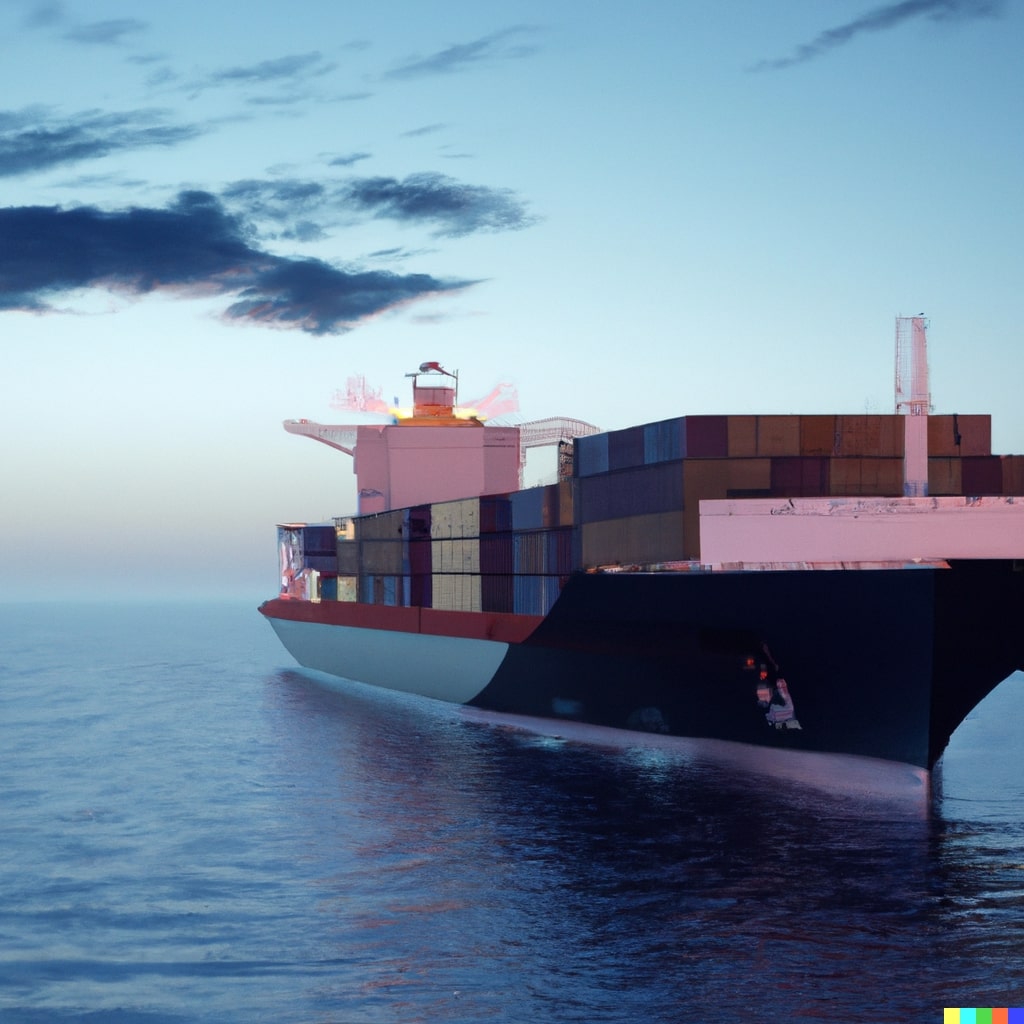Supply chains return to normal
Covid-19 pandemic might not be over, but supply chains are returning back to normal. Around the world companies are sending and consumers are receiving goods. Apart from some production problems and Covid-19 outbreaks in China, it looks like the situation is resettling in the rest of the world.
During 2021, the World Trade Organisation (WTO) reported that international trade in manufactured goods accounted for 14,8 trillion dollars, which is a 68 %of the total global commodities traded. All this trade global merchandise trade was enabled by global logistics and supply chain.
Living in an interconnected world implies that our economy depends on the movement of goods and commodities from origin to consumers. As we rely on trains, ships and trucks for transportation, the disruption on any of these channels has a highly negative economical impact. This makes supply chains an essential part of global economy.
This last 2022 the pandemic and the Russian-Ukraine conflict had a huge impact global logistics, with a great affectation and negative impact on supply chains. But now it looks like the situation is easing, which points that everything could go back to normalcy.
Maersk is seen as a bellwether of global trade, with more tan 700 ships in operation. It lowered last November the 2022 forecast for contained demand, with an expected decline from 2 to 4%, from the previous maximium of a 1 %. This will imply freight prices to continue plunging.
The Logistics Managers Index in 2021 September’s future predictions acquainted that normalization and return to business as usual over this 2023. Also, Copenhagen-based Sea-Intelligence report said that half of the shipping congestion has been reversed, and normality should be established in March 2023.
The supply chain circles are returning to normal, but why?
Last year we were wondering if basic goods would be available, but that situation is now over. The days in which cargo ships had weekslong backlogs in large ports are now gone and freight prices seem to be plunging.
According to experts and executives freight rates peaked and are starting to normalize, which is enabling supply chains to start its way back to prepandemic levels. Among the the factors that made this posible there are:
Ships waiting times at harbours are decreasing
A significant decline in freight rates for goods shipment
A downfall in demand and an easing supply-chain congestion.
An improved delivery capacity and retailer inventory



